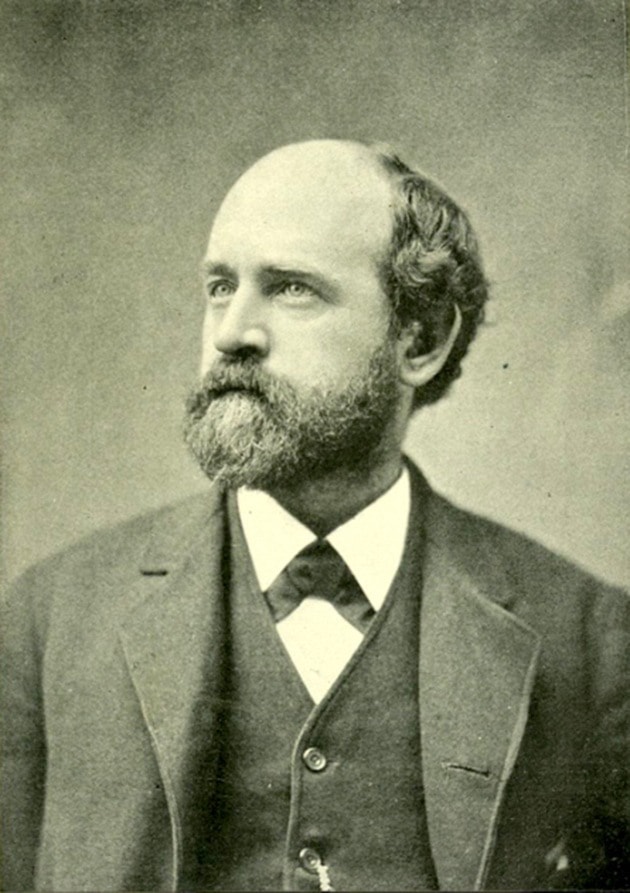We pay too much attention on how governments spend our money and not nearly enough on how they get it.
That was the main lesson your editor came away with after reading “The Mason Gaffney Reader: Essays on Solving the Unsolvable.”
Mason Gaffney is a professor of economics at University of California, Riverside and a follower of Henry George.
George was a late 19th Century American economist who believed that most government revenues should be based on a land value tax.
During his lifetime, George was apparently one of the three most famous Americans in the world, the others being Mark Twain and Thomas Edison.
Today, of course, his name is almost unknown.
According to Gaffney, that is the result of a well-financed campaign to marginalize him and his message.
Born in Philadelphia, Henry George’s education ended at age 14 and he went to sea.
In California, he became a newspaper editor.
In 1871 he had a revelation. He was riding through the countryside and asked a worker how much the land nearby was worth.
The answer was $1,000 per acre, which was a small fortune then.
He realized that the individual landowners had done little or nothing to create that wealth. All, or nearly all, of it was the result of the community.
George went on to write “Progress and Poverty,” which was the best-selling book on economics up until that time.
This did not endear him to most professors of economics, as he had no formal training in the field and especially as he used to demolish their arguments with devastating logic.
A land value tax is not a new idea. George got much of his inspiration from British economists Adam Smith and David Ricardo, who in turn were inspired by the French Physiocrats and Turgot.
Turgot and the Physiocrats, incidentally, also inspired several of the American founding fathers, such as Benjamin Franklin, Thomas Jefferson and Thomas Paine.
What is a land value tax? Essentially, it is a tax on the unimproved value of real estate.
Unlike most property taxes (as collected here in British Columbia, for example) it ignores the value of improvements, such as buildings.
Under a land value tax, the owner of an empty lot would pay the same tax as the person who owns the lot next door with a five-story building on it.
A land value tax discourages holding land for speculation and encourages developing it to its best possible use.
According to Gaffney, urban sprawl has been caused by property taxes that encourage landowners to hold undeveloped or partially developed land. That in turn forces developers to “leap-frog” to find vacant land farther out.
One of the reasons why Detroit developed into the centre of automobile-manufacturing was that the city administration in the early 1900s organized its taxation system around Georgist principles, says Gaffney.
Since then the city government has wandered away from “the burden of land taxes,” with the result that much of Detroit has become a hollowed-out wasteland.
In fact, Gaffney blames the whole “Rust Belt” phenomenon on poor tax policies.
A recent issue of the Times carried the bad news that, according to the latest census, the population of the North Thompson Valley has gone down slightly over the past five years.
This decline appears to be part of an overall decline in rural populations across North America.
Nothing is inevitable unless we let it be, however.
If ever there was an example of “leap-frogging” development, it would be Clearwater and some other North Thompson Valley communities.
Perhaps Mason Gaffney's book about “solving the unsolvable” might give us some clues on how we might improve our situation.
There is a precedent in B.C. Louis Taylor was elected mayor of Vancouver seven times between 1910 and 1934. He organized the city's tax system along Georgist lines and oversaw several major public works projects such as the Sea Island airport and the Burrard Street Bridge.
